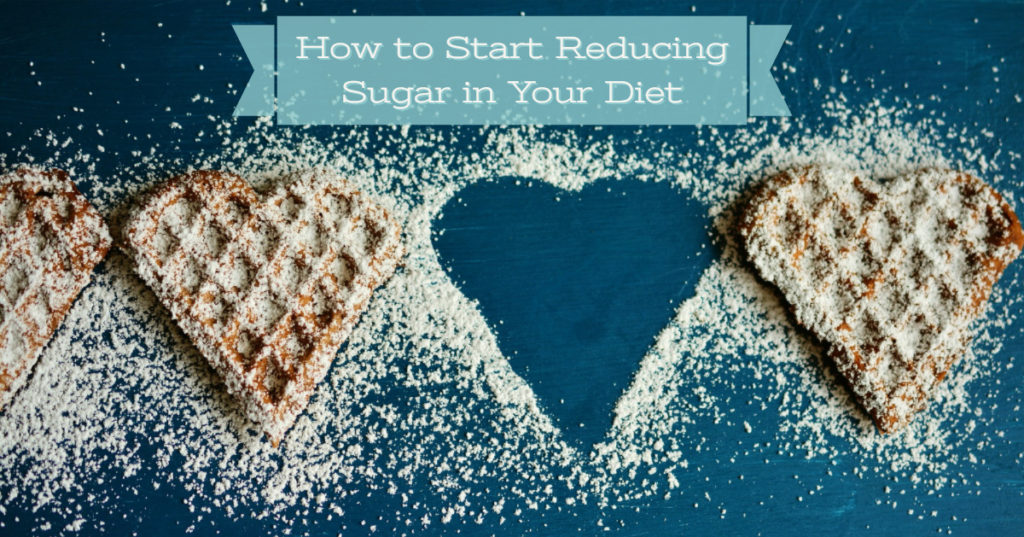
OK, first, let’s get the bad part out of the way. Consuming too much sugar can be quite bad for you. Yes, it is sweet and tasty to most of us. However, multitudes of different research sources point out the fact that too much of it can be bad for your body. It can contribute to obesity, tooth decay, heart diseases, and cancers. That’s the summation of the bad stuff in a very general manner. Yes there is a lot of detail that we’re breezing past, but you are a highly intelligent reader (you’re here reading this aren’t you). If you want more detail, there are masses of resources at your fingertips. If it was something you’d like to read, you might suggest it to us, or other ideas for that matter, so we can tailor the informational experience we offer to the desires of you, our valued readers. We would like to state that natural sugars, which are found within our fruits and vegetables, are considered quite healthy. Our bodies to need some of the sweet stuff after all. The bad stuff and dangers come from added sugars in processed foods.
OK, so now that that’s out there, reducing sugar in your diet can have a lot of positive impacts. For instance, cutting the empty calories provided by such sugar can assist in weight loss. We’re not saying anything about anyone’s bodies, rather we’re just pointing out the fact that if you were so inclined to lose a little weight, this can help. Reducing sugars can also stabilize mood and energy levels, by promoting a more wholesome, balanced diet that is spaced out across your days, which reduces spikes and lows in your blood sugar levels that affect mood and energy. Reducing your sugar intake can even reduce tooth decay, encourage better digestion, promote clearer skin, and encourage healthier brain function.
So, there are negatives to added sugars, and benefits to reducing our intake. But how might we do that? Glad you asked, below we list out a few simple ways to cut some of the added sugars from your diet. We’re no experts, and you may already be aware of some of these, but we have some decent ideas that we thought we would like to share.
Reduce consumption of sugary drinks
This is a big one, as many popular drinks contain heaps of sugar. Soda (or pop), energy drinks, fruit drinks, and sport drinks can contain copious numbers of tablespoons in each bottle, can, or glass. Commonly perceived “healthy” drinks like smoothies and fruit juices can also hold large quantities of added sugars.
Rather than consume empty sugar calories, opt for better low-sugar options like good old fashioned water (a personal favourite), flavoured water (adding your own lemons, cucumbers, etc.), herbal or fruit teas (hot or cold), and regular teas or coffee (without adding any sweeteners).
Eat Whole Foods
This one is simple in theory, but more difficult in application. It can often be tough to make a wholesome meal after a long day at work, with the children, or however you may choose to spend your time. Yet, if you routinely decide to make more of your own meals, it can go a long way. As noted before, processed foods contain high amounts of sugar, as well as salts and fats. So, if you try to cook more foods from scratch you can completely regulate and/or monitor just how much sugar, if any, is added in your food. Just as an example, canned or jarred pasta sauce can have upwards of 3 teaspoons of sugar per serving (not just per can/jar).
As many may know, cooking from scratch does not have to mean elaborate cooking. Simple tricks like marinating in spices, herbs and oil con produce delicious results with minimal effort while eliminating added sugars. As an added bonus on this point, cooking from scratch allows you to create your own favourites by controlling the exact amount of flavouring that you add to each dish and utilizing the freshest ingredients.
Check for Sugars in Canned Foods
Canned and prepared foods can be very useful or cheap additions to your regular diet. Yet, as we’ve alluded to already, they can hide a lot of sugar if you’re not careful. Simply take a look at the information available on the packaging and make informed decisions. Whenever possible select items that have none, or little, added sugar. For instance, selecting items like canned fruits that have “no added sugar” or packed “in their own juice” rather than those packed in syrups or have sugar in the ingredients listed. For those items that do have sugar used in their packing, rinsing them with water before use or consumption can remove some of the added sugars as well.
Read Labels
Right in line with the point above, if you check the labels on any packaged food that you purchase, you can identify those that include sugars with an idea of the amount or quantity within each. It can sometimes be difficult to identify on labels, but food companies have to list the ingredients used and in the order of the highest percentage first. Also, be aware that there are many names that can be used to indicate added sugar, such as:
- Sugar
- Fructose
- Corn syrup
- Maltose
- Dextrose
- Molasses
- Caramel
There are a great number of names that are used, but the short list above provides the most common names. Once again, more information is a short search away and we’d highly recommend you spend a few minutes fact finding for yourself if you’re interested (so you don’t just have to take our word on the matter).
Beware of Sauces
Yet again, this ties in to the point(s) above, but is worth mentioning on its own. The condiments that we use may surprise you with just how much sugar is used in their making. Things like ketchup, hot sauce, and salad dressing may have an entire teaspoon of sugar in a tablespoon of the product. So, when you’re checking labels on processed foods, don’t forget about your condiments. Finding low or no sugar options in this area can greatly reduce your overall sugar intake
Avoid Candies and Desserts
For those of us with a sweet-tooth, this whole list of points might be difficult. However, avoiding cakes, pies, chocolates, doughnuts, ice cream, candy bars, and various assorted candies is too obvious to leave off of this little list. Although very delicious, most desserts don’t offer a lot in terms of nutritional value. It is a fact, but it is one that may be a little tougher to swallow for some of us.
So, instead of that brownie , cake, or cookie, try reaching for some fresh or dried fruit (that is not packaged in extra sugar), and mix it up a little by adding some cinnamon or lemon juice.
If you are going to have a dessert for a treat opt for healthy recipes that are low in sugar and high in nutrients like chocolate pudding made with avocados or oatcakes with almonds and cranberries.






